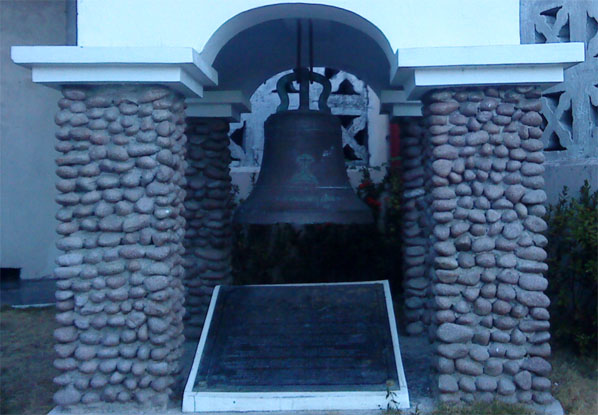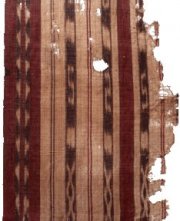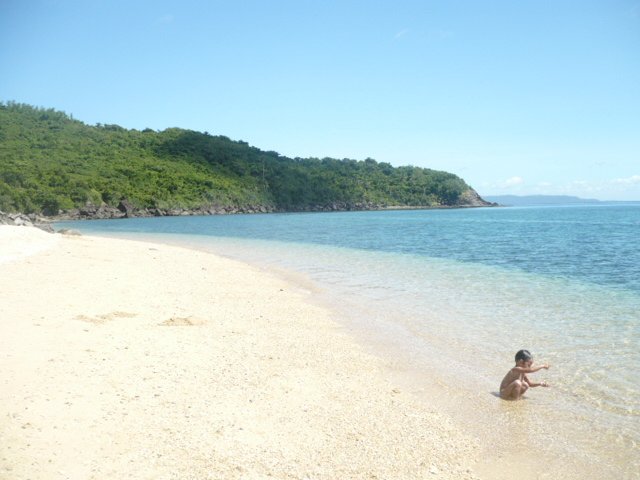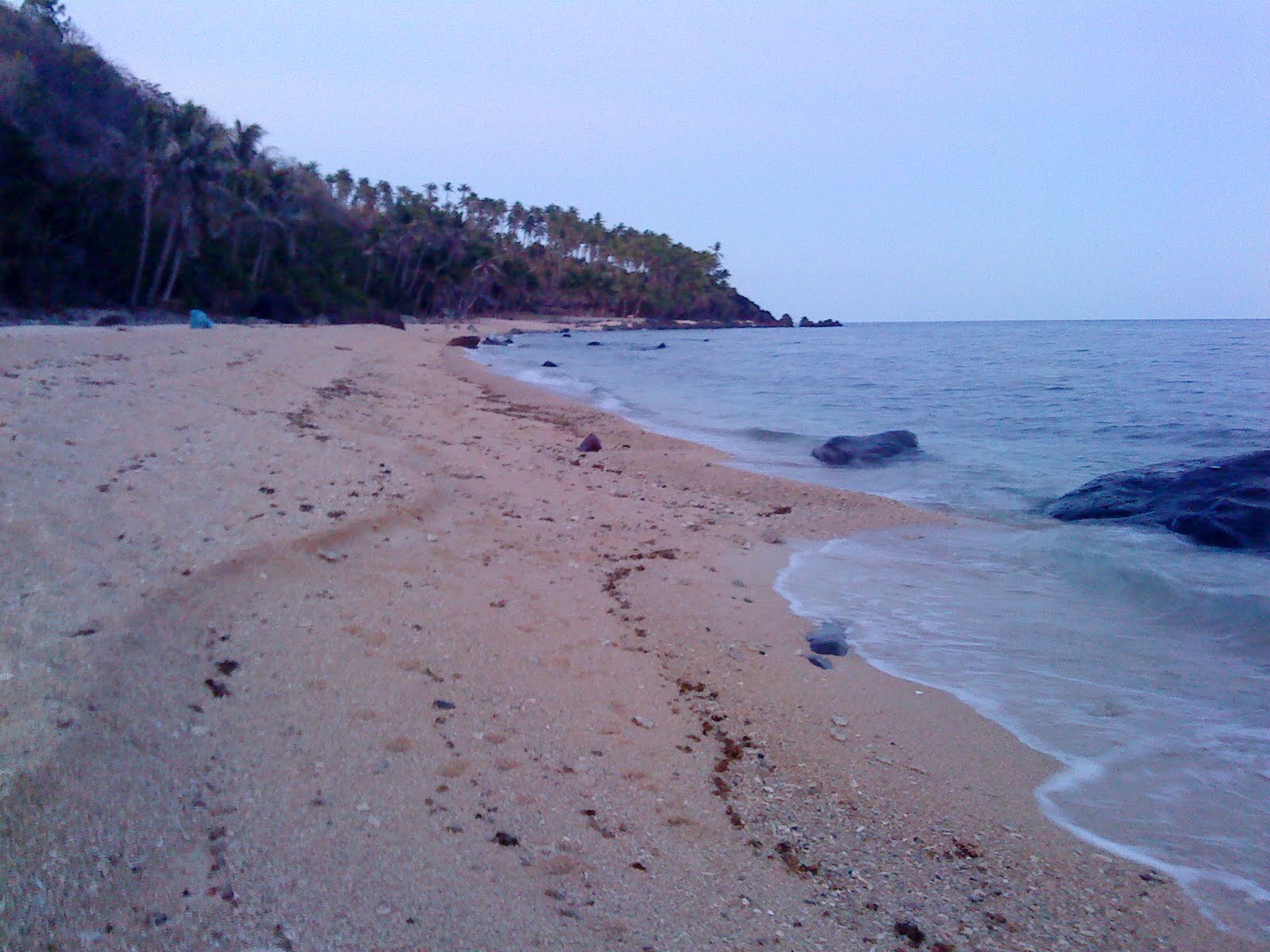Banton Chatolic Church
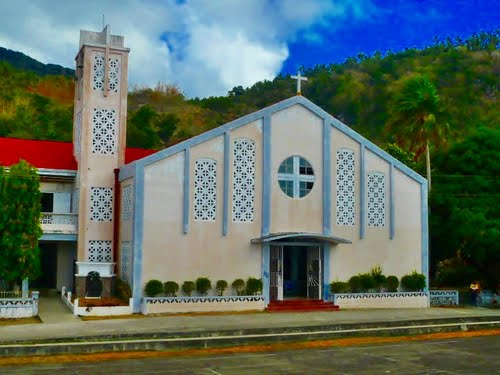 PICTURE: Banton Chatolic Church, Simbahan it Bantoon.
PICTURE: Banton Chatolic Church, Simbahan it Bantoon.Banton island was one of the earliest barangays mentioned by Miguel Loarca in his Relacion de las Islas Filipinas in 1582. Banton pueblo was created in 1622. In 1635 a decree by Bishop Pedro Arce of Cebu committed the island and the province to the Recollect Missionary Friars for "further evangelization." Fr. Virgil Fabriquel in 1985 wrote: "Expert artisans planned the engineering foundation and architecture of Banton church." Its altar, which is constructed of pure molave hardwood, might still be one of the last remaining representations of Filipino baroque in the Philippines.
 Photo: Banton Chatolic Church, Banton Tourist Spots
Photo: Banton Chatolic Church, Banton Tourist Spots
